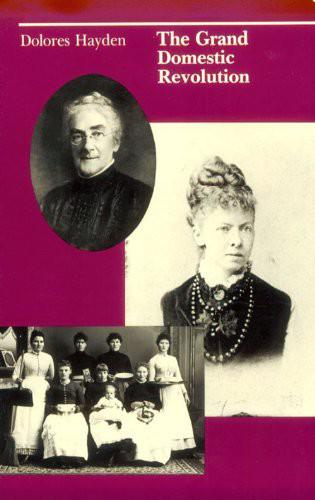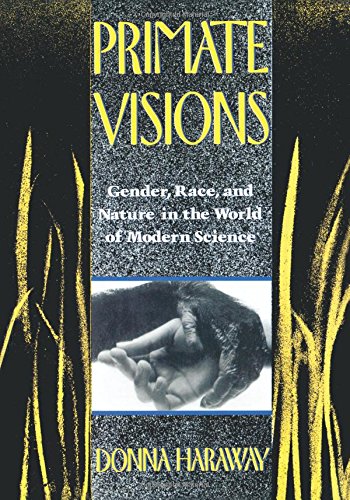Kirsten Grimstad, Susan Rennie (eds.): The New Woman’s Survival Catalog (1973)
Filed under book | Tags: · 1970s, art, counterculture, family, feminism, film, health care, publishing, theatre, women

“Published in 1973, The New Woman’s Survival Catalog is a seminal survey of Second Wave feminist efforts, which, as the editors noted in their introduction, represented an “active attempt to reshape culture through changing values and consciousness.”
Assembled by Kirsten Grimstad and Susan Rennie in only five months, The New Woman’s Survival Catalog makes a nod to Stewart Brand’s influential Whole Earth Catalog to map a vast network of feminist alternative cultural activity in the 1970s. Grimstad and Rennie set out on a two month road trip in the summer of 1973, meeting and interviewing all the featured organizations and individuals, and gathering information and further references along the way to complete the publication.
From arts organizations to bookstores and independent presses, health, parenting, and rape crisis centers, and educational, legal and financial resources, this book provides crucial insight into feminist initiatives and activism nationwide during the Women’s Movement. Styled as a sales catalog, The New Woman’s Survival Catalog comprises listings and organizational descriptions, articles, and extensive illustrations, as well as a ‘Making the Book’ section, detailing the publication’s production.”
Publisher Coward, McCann & Geoghegan/Berkeley Publishing Corporation, New York, 1973
ISBN 9780698105676, 0698105672
223 pages
via Let’s Re-make, HT falprit
Video interview with editors (2010, edited transcript)
Commentary: Loraine Furter (J Bibliothèque Kandinsky, 2019).
PDF (76 MB)
PDF (hi-res, 468 MB)
Dolores Hayden: The Grand Domestic Revolution: A History of Feminist Designs for American Homes, Neighborhoods, and Cities (1981)
Filed under book | Tags: · architecture, city, design, family, feminism, labour, material feminism, women

“Long before Betty Friedan wrote about ‘the problem that had no name’ in The Feminine Mystique, a group of American feminists whose leaders included Melusina Fay Peirce, Mary Livermore, and Charlotte Perkins Gilman campaigned against women’s isolation in the home and confinement to domestic life as the basic cause of their unequal position in society.
The Grand Domestic Revolution reveals the innovative plans and visionary strategies of these persistent women, who developed the theory and practice of what Hayden calls ‘material feminism’ in pursuit of economic independence and social equality. The material feminists’ ambitious goals of socialized housework and child care meant revolutionizing the American home and creating community services. They raised fundamental questions about the relationship of men, women, and children in industrial society.
In reevaluating these early feminist plans for the environmental and economic transformation of American society and in recording the vigorous and many-sided arguments that evolved around the issues they raised, Hayden brings to light basic economic and spacial contradictions which outdated forms of housing and inadequate community services still create for American women and for their families.”
Publisher MIT Press, 1981
ISBN 0262081083, 9780262081085
367 pages
via Dubravka
Reviews: Paul Goldberger (New York Times, 1981), Eugenie L. Birch (J Society of Architectural Historians, 1982), Ellen Carol DuBois (Signs, 1982), Nancy F. Cott (NY Review of Books, 1983), André Levesque (Urban History Review, 1983), Daniel Garr (American Historical Review, 1983), Deborah Altus (Behavior and Social Issues, 1995).
Comment (0)Donna Haraway: Primate Visions: Gender, Race, and Nature in the World of Modern Science (1989)
Filed under book | Tags: · animal, biology, capitalism, family, feminism, gender, history of science, human, man, monkey, nature, primatology, race, science, sex, sexuality, technology, theory, women

“Haraway’s discussions of how scientists have perceived the sexual nature of female primates opens a new chapter in feminist theory, raising unsettling questions about models of the family and of heterosexuality in primate research.”
This “large book may be read from start to finish as a chronological and thematic survey of twentieth-century primatology. … But each chapter is simultaneously history of science, cultural studies, feminist exploration, and engaged intervention into the constitutions of love and knowledge in the disciplined crafting of the Primate Order. … My placing this account of primatology within SF–the narratives of speculative fiction and scientific fact–is an invitation for the readers of Primate Visions–historians, culture critics, feminists, anthropologists, biologists, anti-racists, and nature lovers–to remap the borderlands between nature and culture.” (from the Introduction)
Publisher Routledge, 1989
ISBN 0415902940, 9780415902946
ix+486 pages
Reviews: George E. Marcus (Science 1990), Alison Jolly and Margaretta Jolly (New Scientist 1990), Robin Dunbar (NY Times 1990), Louise Krasniewicz and Michael Blitz (Discourse 1990), Anne Fausto-Sterling (J Hist Biology 1990), Susan Cachel (Am J Primatology 1990), Meredith F. Small (Am J Physical Anthropology 1990), Sarah Franklin (J Hist Sexuality 1990), Matt Cartmill (Int J Primatology 1991), M. Lynn Byrd (H-Ideas 2001).
PDF (48 MB, added on 2021-3-10)
EPUB (3 MB)

